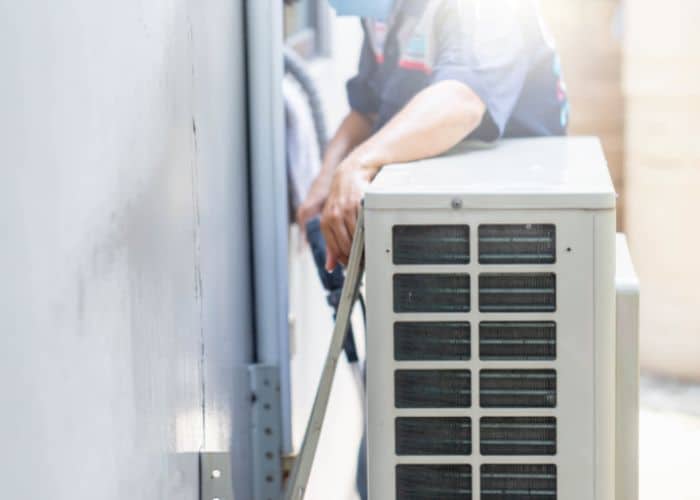HVAC System Diagram
HVAC System Diagram: Everything You Need to Know

Are you struggling to understand how your HVAC system works? If so, you are not alone. HVAC systems are complex and can be confusing, but understanding the basics can be incredibly useful when it comes to troubleshooting and repairs. In this blog post, we will break down the components on a typical HVAC system diagram and explain their functions. Whether you are a homeowner, property manager, or a building engineer, this information will be useful to you.
Thermostat
The thermostat is the control center of your HVAC system. It is located on a wall and allows you to adjust the temperature to your desired setting. The thermostat communicates with your system to turn it on or off, regulate the temperature, and ensure that your system operates efficiently.
Furnace
The furnace is responsible for producing heat in your home. It burns fuel (usually natural gas) to produce hot air, which is then circulated throughout your home via a duct system. A furnace is typically located in a basement or utility closet.
Heat Exchanger
The heat exchanger is a vital component of your furnace. It is a metal chamber that transfers heat from the burner to the air flowing through your ducts. If your heat exchanger is damaged or cracked, it can release harmful gases into your home, such as carbon monoxide. Regular maintenance is essential to ensure your heat exchanger is functioning correctly.
Evaporator Coil
The evaporator coil is located inside your air handler unit and is responsible for cooling the air that is circulated throughout your home. It is connected to your outdoor unit via a refrigerant line. Warm air is blown over the cold evaporator coil. This process removes the heat and moisture from the air to make it cool and dry.
Air Conditioner
The air conditioner is the outdoor unit of your HVAC system, and it removes heat from the air in your home. It works in conjunction with the indoor unit, including the evaporator coil, to create conditioned air that is circulated throughout your home. A well-maintained air conditioner is essential to ensure energy efficiency and cool, comfortable indoor temperatures.
Understanding the components of your HVAC system is critical to maintaining your system and getting the best performance. Regular HVAC maintenance is essential. Knowing how your system works can be helpful when you need to troubleshoot issues or communicate with HVAC professionals. If you need HVAC service or repair, contact our experts at Love and Care Heating and Air. We serve Sacramento, California, and the surrounding areas. We provide reliable and affordable HVAC services, including installation, maintenance, and repair. Contact us today, and let us help make your home comfortable and efficient.
